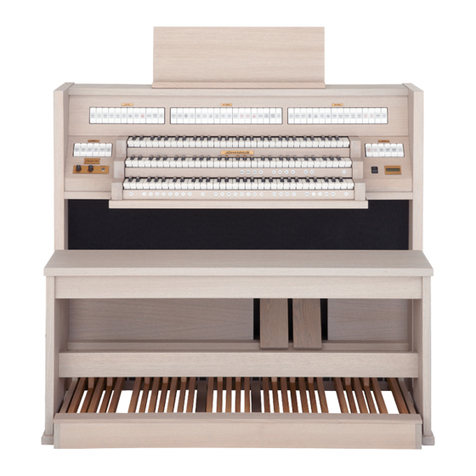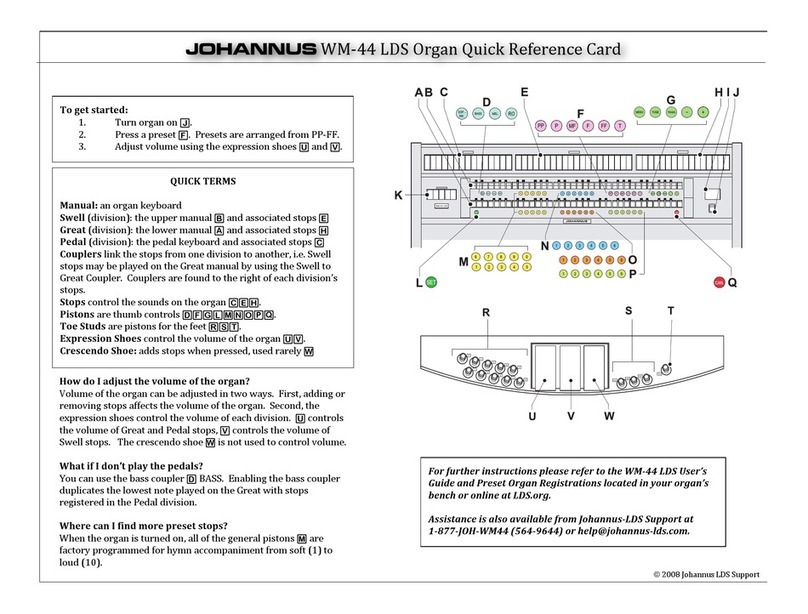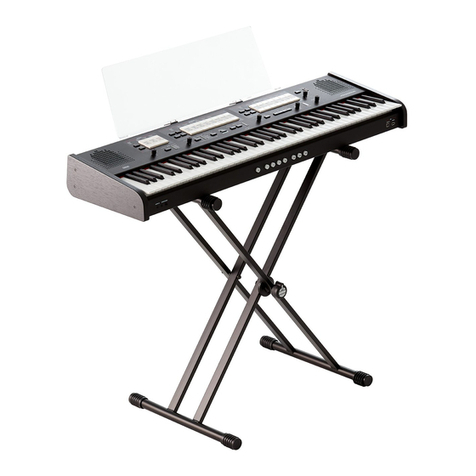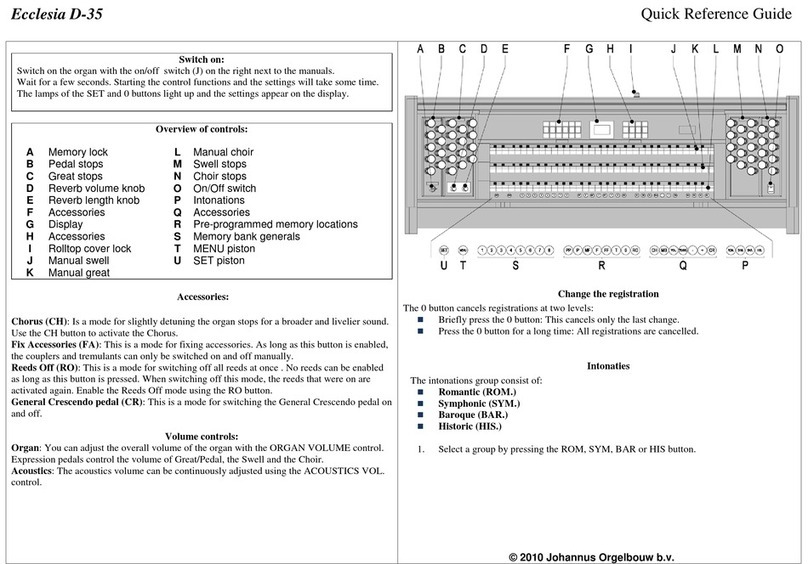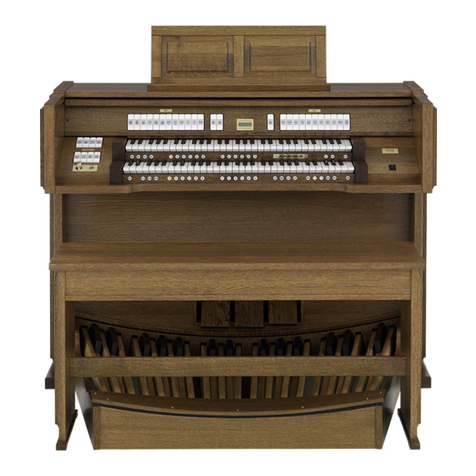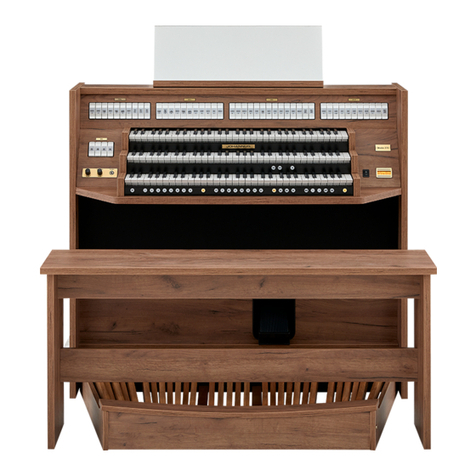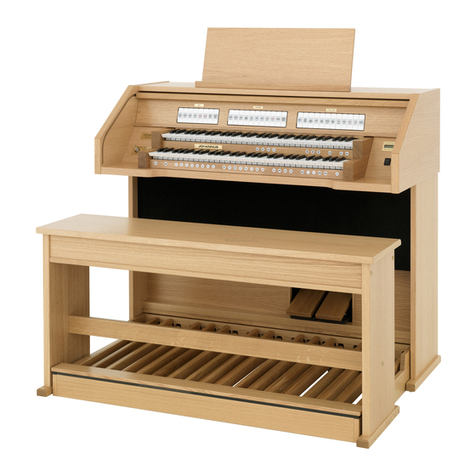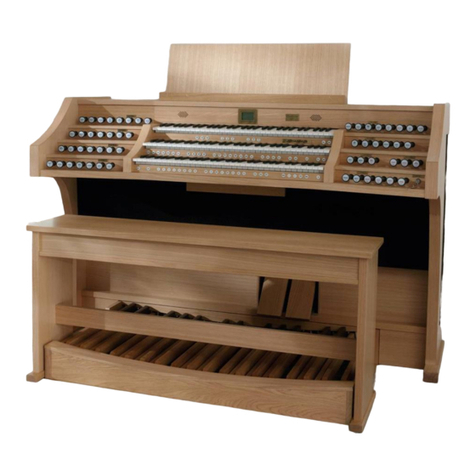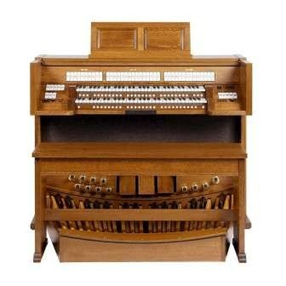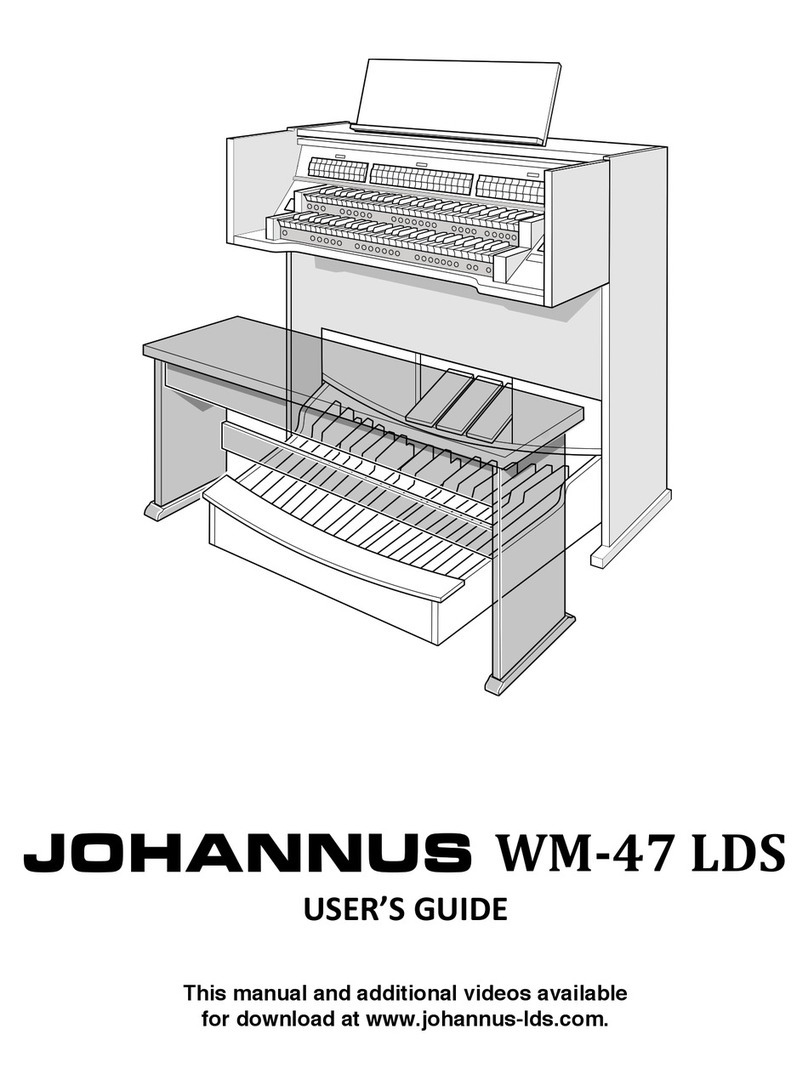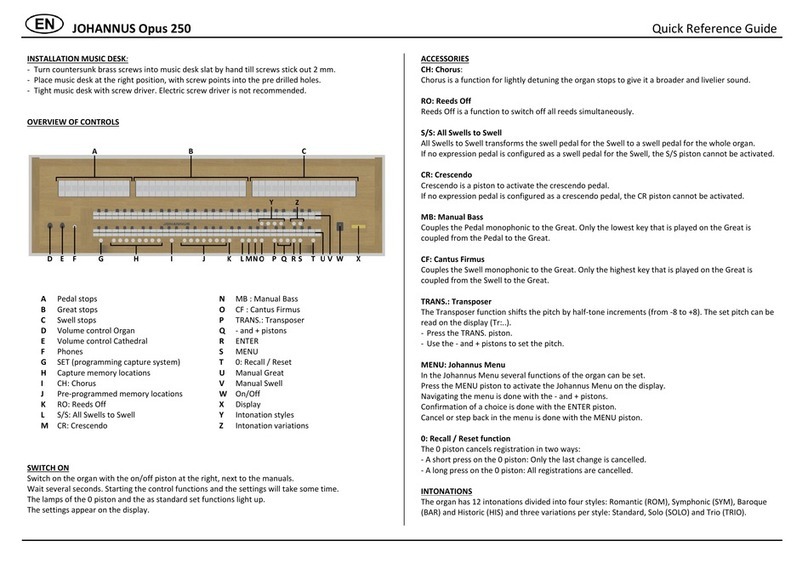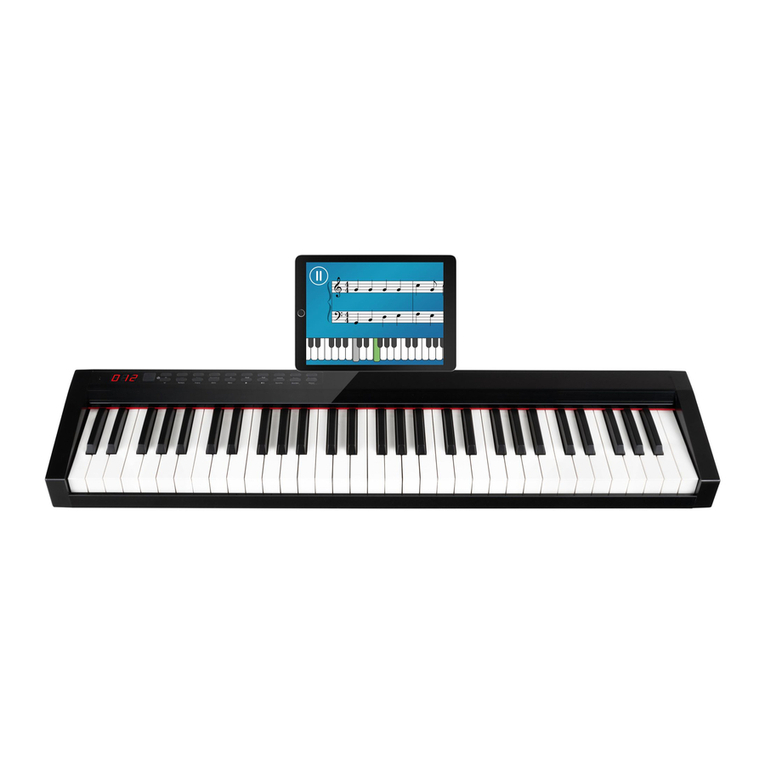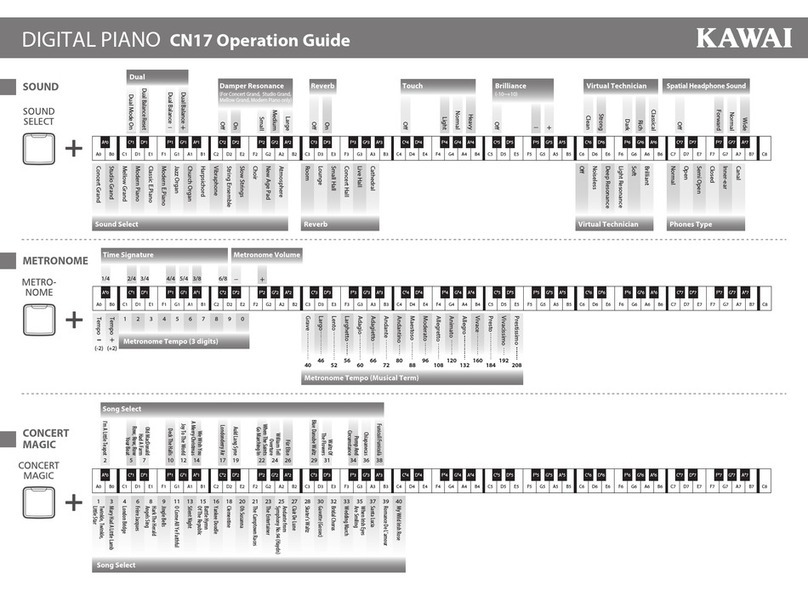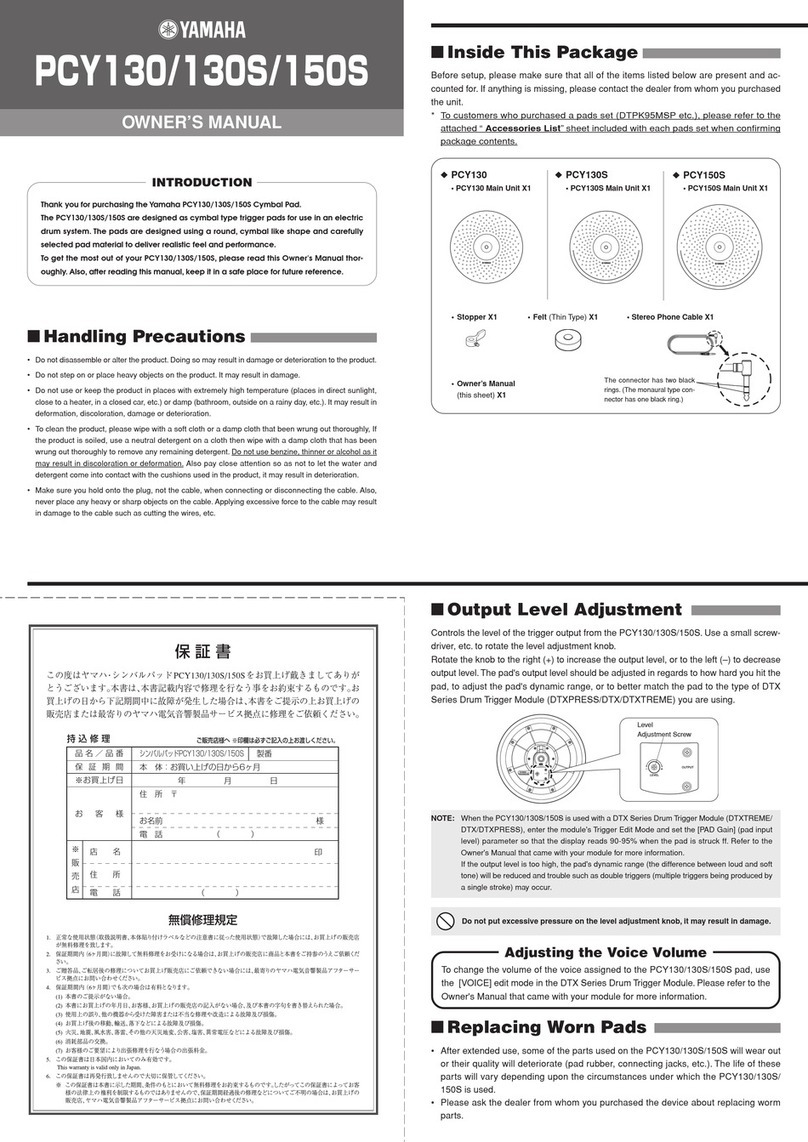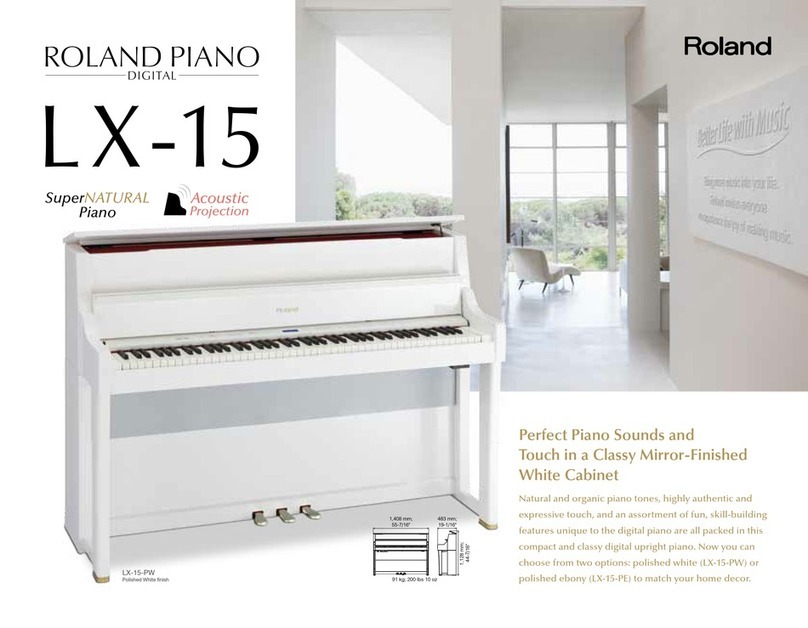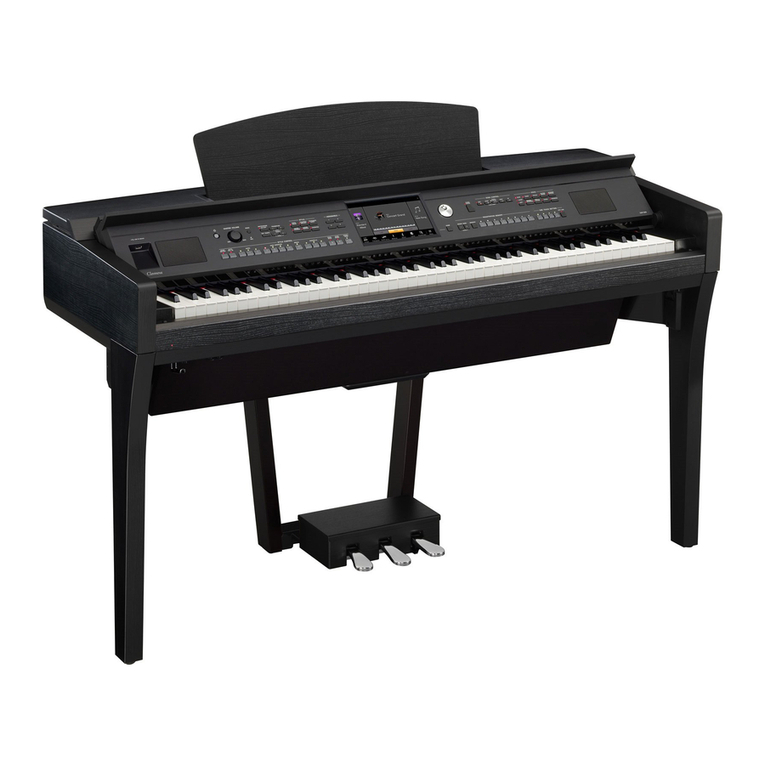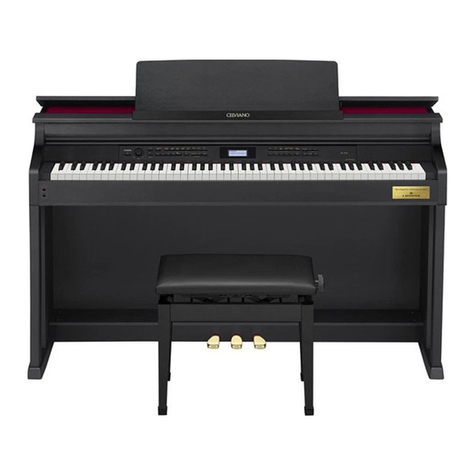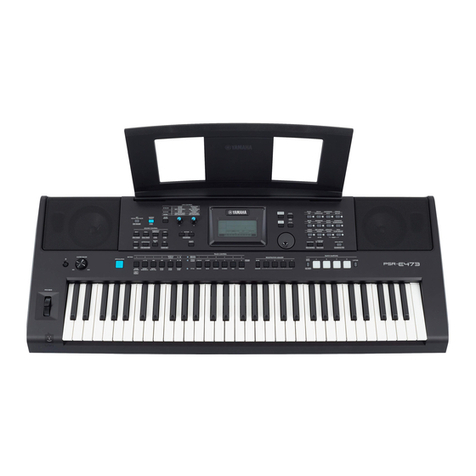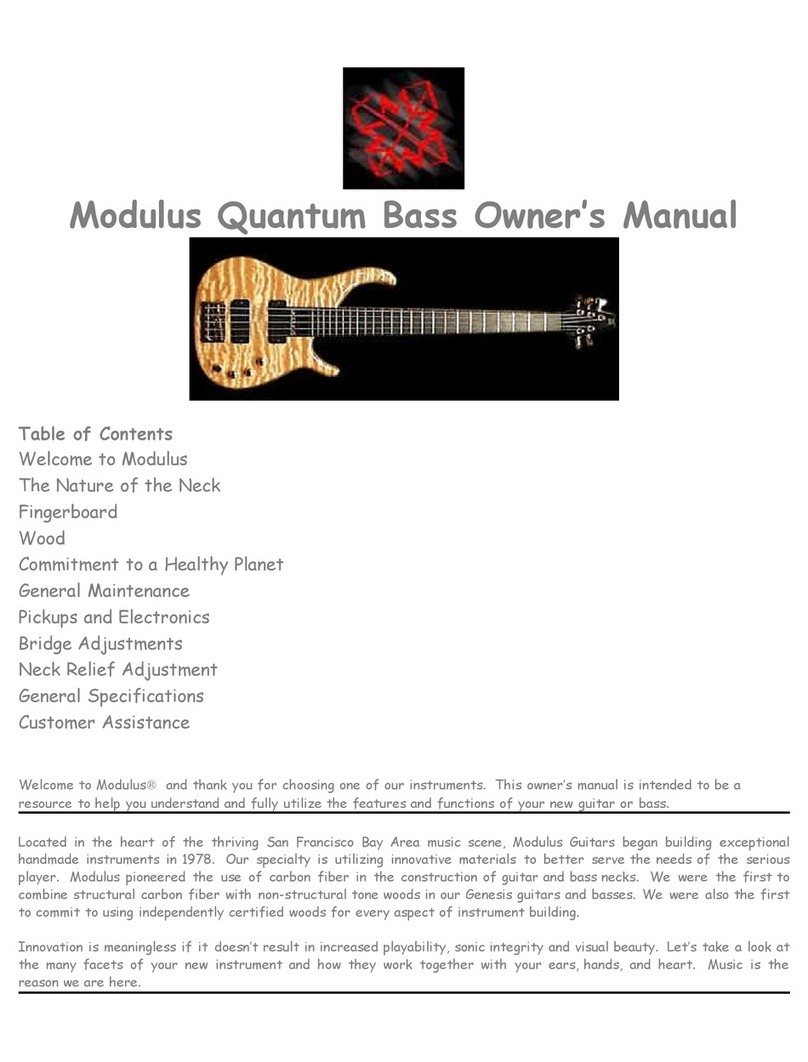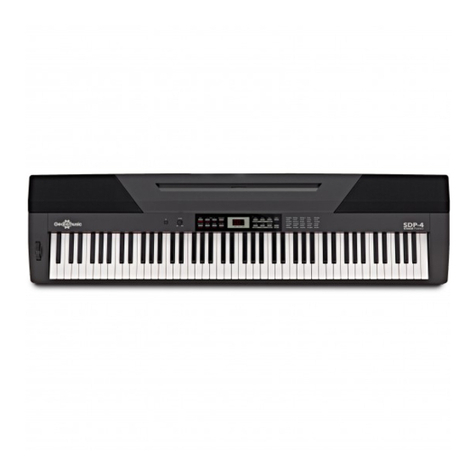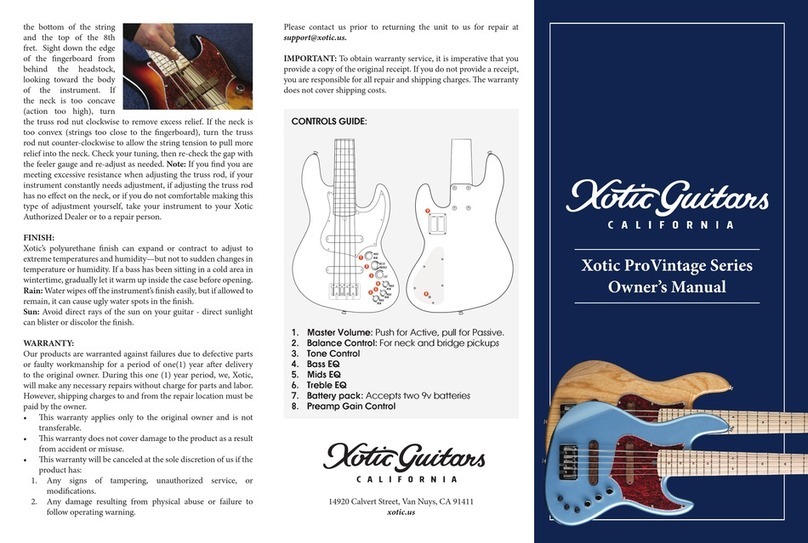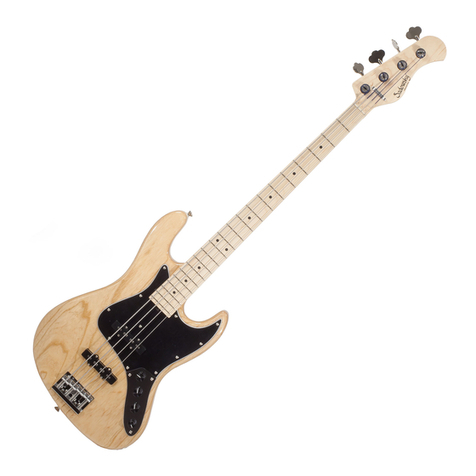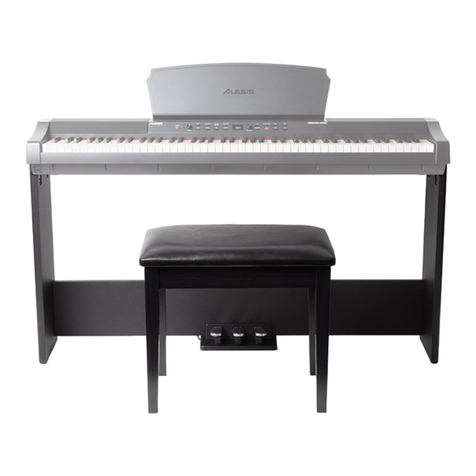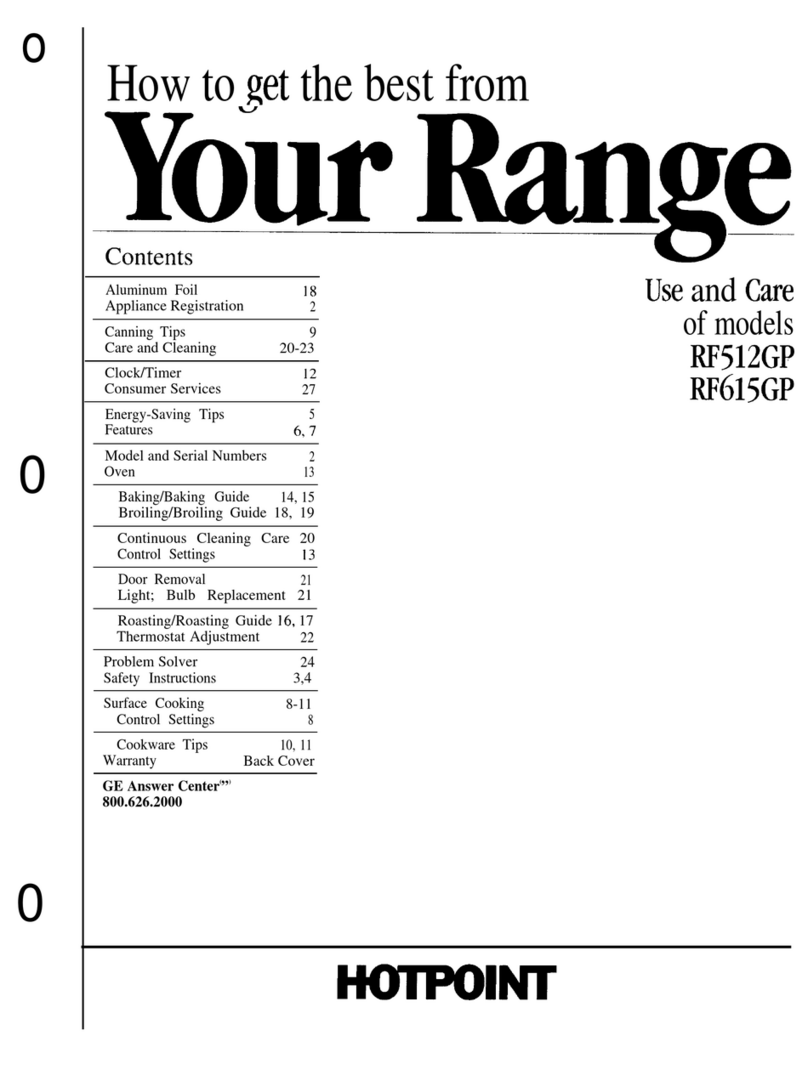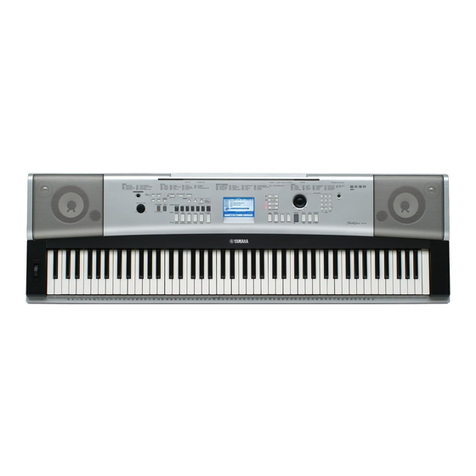
jOHANNUS ORGELBOUW can boast a broad experiencein building electronic classical organs.
They started building classical church organs from a workshop. It was on March 4, 1971 when the first
organ was delivered.
A short time after, study organs were added to the assortment.
There was a great demand for this jOHANNUS organ, as it enabled more and more organ players to
study classical and liturgical music, since not everyone had the possibility to play on a church organ
frequently.
Because of the fast increase in production, the workshop soon was small. Therefore they had to move to
a largerpremisses in Veenendaal in 1972. This is where the study organs type S, HII and HIlI, and the
church organs type KII, KIIB, KIIC and KIIIC weredeveloped.
By 1976 though also this factory wasn't largeenough anymore and jOHANNUS ORGELBOUW decided
to build its own factory and the wish of the artistic as well as the production staff could be fulfilled.
A complete auditorium was, according to modem requirements multi functional, equipped in the factory
building: Besides using it as a concert hall, the auditorium can be used for demonstration and pre-
intonation of church organs as well.
The new building in Ede was opened on March 12, 1976 by the world famous organist FElKE ASMA.
In recognition of his valuable advises and guidance which helped to create the characteristicjOHANNUS
sound, the auditorium was named "FElKE AS.MA ZAAL".
To mark the occasion of the opening of its new buildings, jOHANNUS ORGELBOUW introduced the
successful OPUS-seriesfor study- as well as church organs.
jOHANNUS ORGELBOUW has, since the early beginnings, always been precursor in the field of
developing electronic classical organs.
That's why, early in 1982, a totally renewed organ-series, the 200-series, was released, using the newest
chip-technology.
As a result of the experiences gained with these new technologies, again these series got renewed and
more perfectioned in 1986. This seriesbecame to be the last generation of analogue organs.
Early in 1988 the age of the digital technologies was ushered in with the revolutionary OPUS-IOOOseries.
This changeoverfrom analogue to digital technologies, comparable with the changeover from the ancient
pick-up to the compact disk player, has offered jOHANNUS ORGELBOUW the possibility to develop its
unique, individual and meanwhile worldwidepraised jOHANNUS"-sound more and more.
As a result of the fast development of all computer-technologies, jOHANNUS ORGELBOuw, has, using
these advanced technologies, designed a new organ-series:THE SWEELINCK series.
Using the possibilities of these modem technologies and the flexibility of the company, jOHANNUS
ORGELBOUW is not only able to build standard instruments, but also custom-designed organs.
To this day, we, the employees of jOHANNUS ORGELBOuw, are building "small" and "large"organs
with joy and devotion. Careful attention to tonal quality and craftsmanship has become the hallmark of
Johannus. Now the company enjoys worldwide recognition and credibility as a builder of classical organs
to suite the individual organist, churches, concert halls and many other prestigious location where
classical organs are situated.

